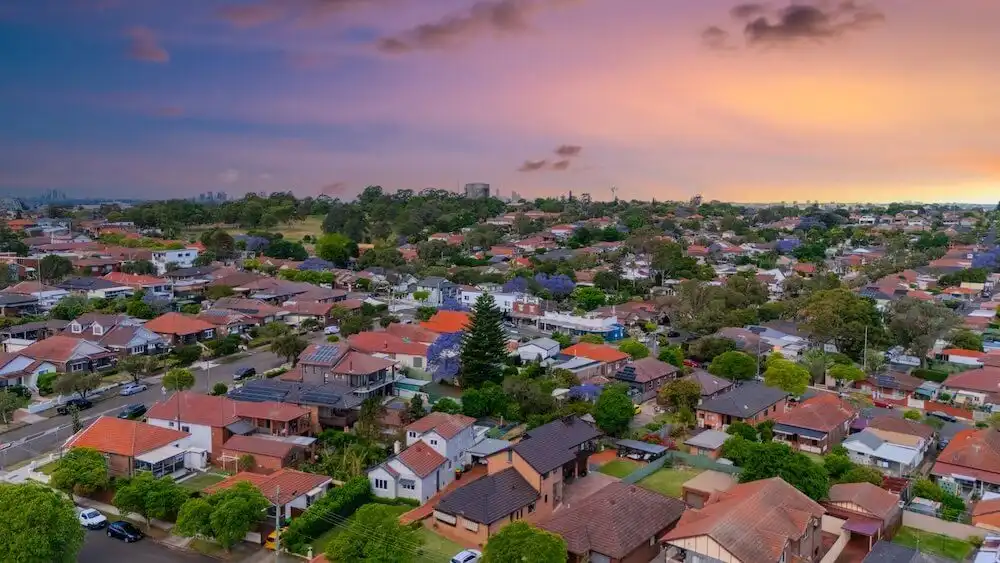Brisbane and QLD property market update - September 2020
Off the back of the Queensland property market’s performance in September, we can enter the final quarter of 2020 with some optimism.
Following a mild decline of -0.1 per cent in value over August, last month Brisbane property prices bounced back into positive territory, posting +0.5 per cent gains. Regional Queensland has performed even better, recording a monthly change of +0.7 per cent.
It’s a fantastic result for the state, with overall numbers back in the black.
Consumer sentiment and market activity on the rise
According to Bill Evans, Chief Economist of Westpac, consumer sentiment in September was up +18 per cent compared to the previous month. This was reported in the Westpac-Melbourne Institute Index of Consumer Sentiment, which shows Australians are looking to the future with more optimism than one would expect.
Property analyst Michael Yardney also highlights that sales activity has risen sharply in the Brisbane market since July, up by an estimated +74 per cent since activity dropped in April. Moving forward other factors in the sunshine state’s favour include that:
It is less reliant on international migration than Melbourne and Sydney
Internal migration continues to be a strong driver for the local market
Its property market is comparatively affordable
And with no evidence of a second-wave in Queensland, we can expect that confidence will continue on a positive trajectory.
Here’s what’s happening in the Brisbane property market

Houses
$559,646
Monthly change: +0.4%
Units
$388,505
Monthly change: +0.7%
The Brisbane market grew +0.5 per cent over September, which leaves it level for the quarter and up +3.8 per cent for the year to date, with a median dwelling value of $504,902.
Both houses (+0.4 per cent) and apartments (+0.7 per cent) grew over the month for a median house price of $559,646 with units at $388,505.
There are a number of factors driving demand in Brisbane. Virus case numbers have remained low across the state, which has helped keep consumer confidence relatively positive. Most importantly - and unlike Melbourne - buyers and sellers have been able to transact normally for much of the pandemic.
Historically, value growth hasn’t followed the ‘boom’ behaviour seen in Melbourne and Sydney over the past five years. The upside to this is that property values have a lower base to fall from, which means you don’t see the bigger declines that bigger capital markets have experienced.
The underlying trend here is slow and steady, and as property analyst Michael Yardney points out affordability is a key driver for Brissie, pointing out that: “...Brisbane property prices are still about 55 per cent of Sydney’s, while household incomes are only around 12 per cent lower, underpinning the value of Brisbane real estate.”
Here’s what’s happening in the regional Queensland property market
Houses
$397,182
Monthly change: +0.5%
Units
$363,816
Monthly change: +0.5%
Overall regional Queensland property is up +0.5 per cent over the month, which brings it up +0.6 per cent for the quarter and +4.5 per cent annually. This mirrors the trend we’re seeing nationally, where regional parts of the country are faring relatively better than capital cities.
The median dwelling value here ($387,816) also highlights the affordability pull that the Sunshine State continues to have over regional NSW ($475,921) in particular. Units and houses both advanced +0.5 per cent over September, which is an improvement on August where these two were negative and flat respectively.
Interest from interstate buyers in particular is going to continue to be an important driver for this market.
Interest from interstate buyers in particular is going to continue to be an important driver for this market, and if you’re considering selling, Ray White Robina’s Matt Micallef believes that getting the marketing right for a property is critical to getting a top price. This is especially important early on in a campaign.
He also highlights that in the current market video is a critical component of your marketing push, especially if you are wanting to appeal to interstate buyers.
Brisbane and Queensland rental market update
In the period from March to September, house rents in Brisbane have increased +0.2 per cent, but rents for units are under pressure, down -1.6 per cent for the same period. SQM Research reports that vacancies in the city have increased slightly to +2.5 per cent, up from 2.2 per cent in July.
If you look at the data in more detail, you see that Brisbane’s CBD is showing signs of recovery, where the vacancy rate dropped to 11.4 per cent, from a high of 14.0 per cent in June.
Brisbane’s CBD is showing signs of recovery, where the vacancy rate dropped to 11.4 per cent, from a high of 14.0 per cent in June.
CoreLogic's Hedonic Home Value Index covering September identifies gross rental yields in Brisbane at 4.2 per cent for houses and 5.2 per cent for units, which are above the combined capital city averages of 3.3 per cent and 3.9 per cent respectively.
What does this mean for the property market and what can you expect in the future?
What does the future hold? Property analysts and commentators are generally positive about the medium term. Here is a snapshot of some current views and projections:
Westpac’s Bill Evans believes that consumer confidence is returning to more normal levels, though cautions that managing the virus effectively will be key, as is opening state borders and getting economic activity back to normal.
The Reserve Bank projects that the economy will grow by 4 per cent in the year to June ‘21, with unemployment easing to 8.5 per cent by the end of 2021.
CoreLogic believes that low housing stock levels, combined with strong demand from buyers driven by government concessions and low interest rates, there is hope that a more serious downturn can be avoided.
The CBA believes that we will see a recovery in home values in 2021, though house prices will continue to decline at a national level through to the first quarter of 2021.
The Federal government also announced a fresh round of stimulus measures in the 2020 Budget, with tax cuts, incentives for employers to hire young job seekers as well as new and accelerated infrastructure projects to support the economy.
These should all filter through and support the local economy in the sunshine state to some extent, though with international borders closed it is still vulnerable to the loss of international tourism and foreign students.
Thankfully, and as we continue to emphasise, every postcode is essentially a unique market with its own characteristics - so there is no ‘one’ property market. This highlights the importance of being data driven and more granular in your analysis of property and its performance. Every suburb is different, and some will outperform others.
For advice around the biggest market indicators that impact price growth, you can download this helpful guide.








